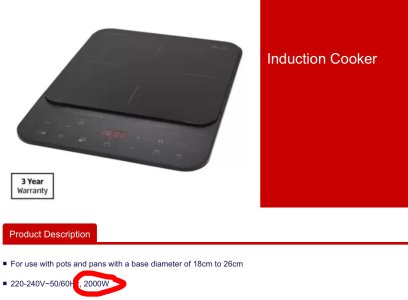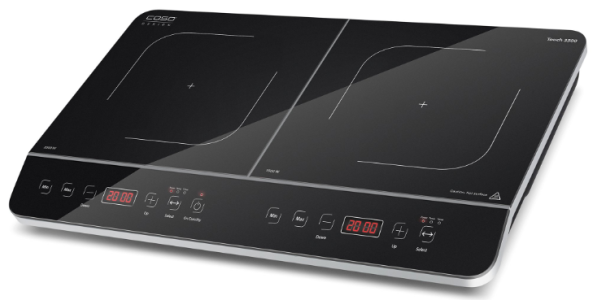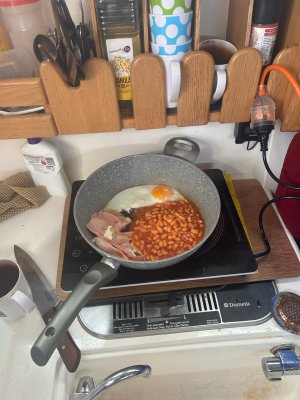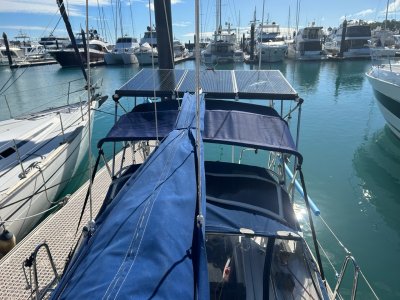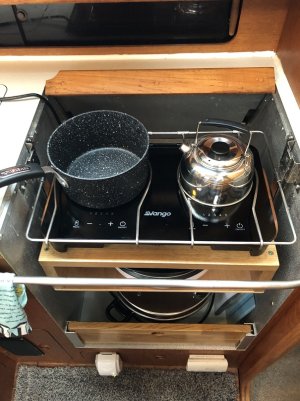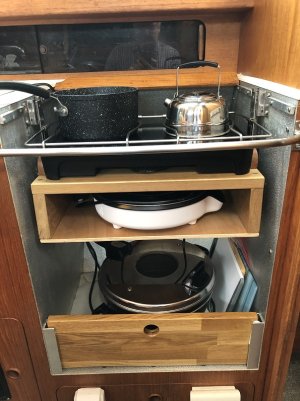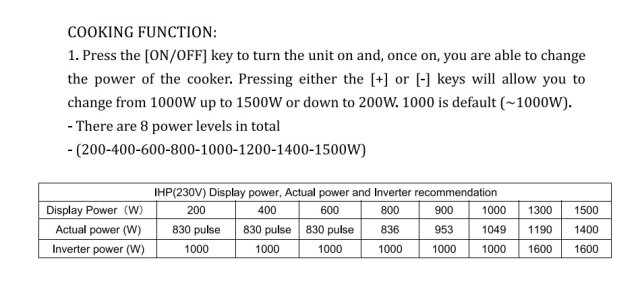Neeves
Well-known member
There have been some positive comments on the use of Induction Hobs on yachts and are part of the equipment considered essential if you want to have a larger 'all electric' focus. We have no experience and cannot comment.
Aldi in Australia have a single hob in one of their specials in a weeks time, part of one of their Xmas promotions, (along with another device, an air fryer). Noelex in another thread mentions that induction hobs are cheap - the Aldi one seems even cheaper.
The Aldi hob is A$50, roughly Stg25 (includes our 10% sales tax) and an air fryer at A$60. I assume that Aldi had or will have in the future a similar offering in the UK.
We already have an air fryer and can comment they are invaluable, but have no idea of the quality of the Aldi unit - but it is impressively cheap.
If you are wondering about applicability on your own yacht - the investment for the hob is not much.
The hob is simply a very flat plate, which looks as if it will fit on the top of most 4 burner gimballed stoves (though you then would not be able to use the stove, nor grill, with the device on top).
Aldi do not define the power required to use either item.
Jonathan
I've just looked on line and the hob would need a largish inverter as the hob seems rated at 1,000 watts (though the implication is you can use a lower power setting).
Induction Cooker
J
Aldi in Australia have a single hob in one of their specials in a weeks time, part of one of their Xmas promotions, (along with another device, an air fryer). Noelex in another thread mentions that induction hobs are cheap - the Aldi one seems even cheaper.
The Aldi hob is A$50, roughly Stg25 (includes our 10% sales tax) and an air fryer at A$60. I assume that Aldi had or will have in the future a similar offering in the UK.
We already have an air fryer and can comment they are invaluable, but have no idea of the quality of the Aldi unit - but it is impressively cheap.
If you are wondering about applicability on your own yacht - the investment for the hob is not much.
The hob is simply a very flat plate, which looks as if it will fit on the top of most 4 burner gimballed stoves (though you then would not be able to use the stove, nor grill, with the device on top).
Aldi do not define the power required to use either item.
Jonathan
I've just looked on line and the hob would need a largish inverter as the hob seems rated at 1,000 watts (though the implication is you can use a lower power setting).
Induction Cooker
J

